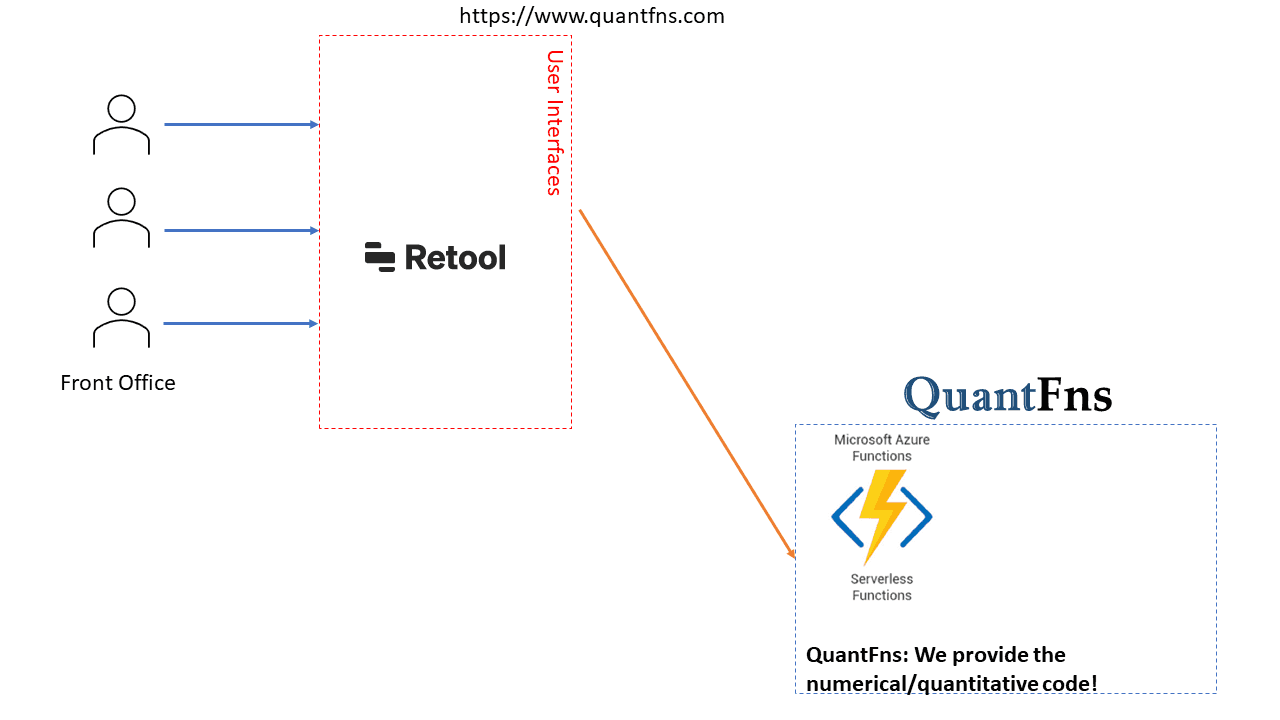There are a number of great "low-code" tools now available like:
and many others. Some examples of their use are in two previous posts: appsmith and retool. In this post we look at situations where these tools are likely to be suitable tools.
Users who are inputting data
The low-code tools tend add value when there some data input into the system, not just output. For pure output system some of the many dash-boarding solutions, business analytics or even Excel can do a good job.
But low-code allow input of data, e.g.,:
- Adding information about people in an organisation
- Input of information about products
- Selection of a choice by a human based on some prompts
System with strong DBs and APIs
Re-use of modules in low-code tools is generally difficult and it can also be difficult to write complex code. Therefore they work best when the vast majority of logic is in strongly architected databases and APIs.
Flexibility
Low-code tools provide an advantage in fast-evolving systems as a wide range of developers can contribute to new functionality and maintenance. They have less of a role in long-term stable systems.
